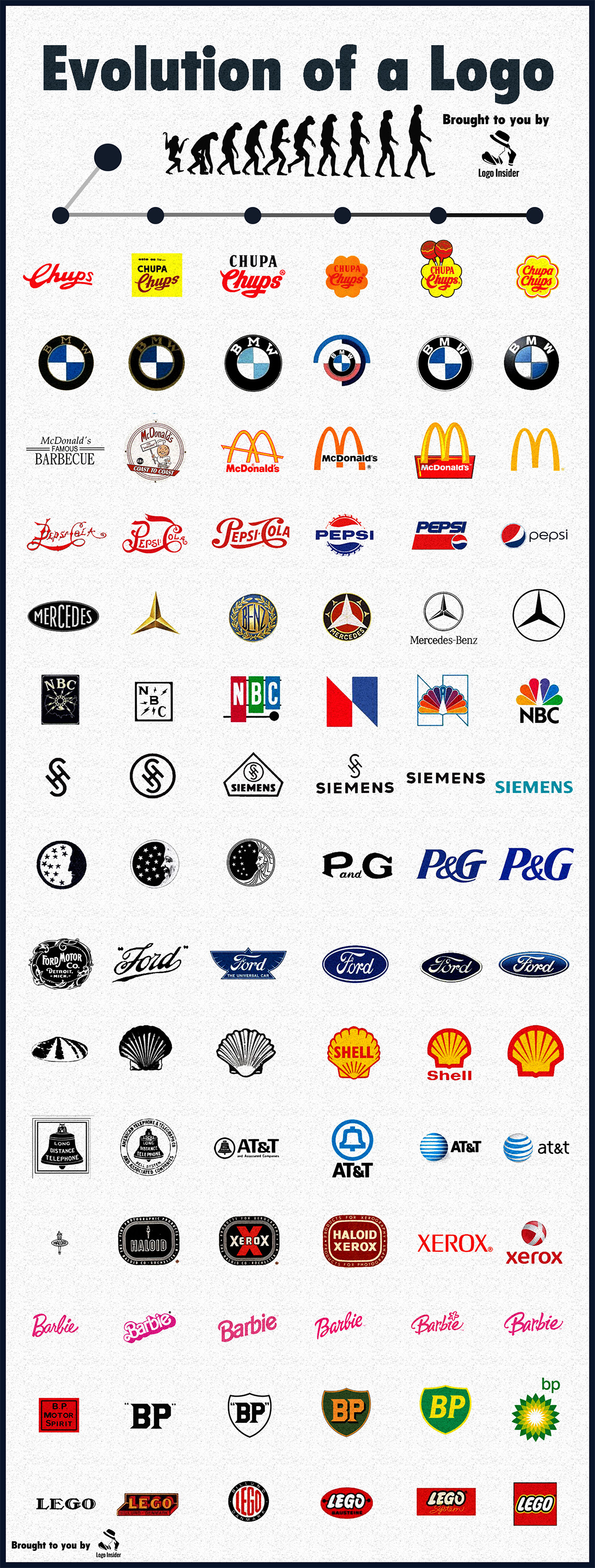The Neurological Architecture of Visual Learning
In the realm of cognitive neuroscience, the brain’s predilection for visual input is not simply a matter of aesthetic preference, but rather a reflection of the fundamental architecture that governs how we process and retain information. Research on the human brain, conducted at institutions like the University of Washington, has revealed that 90% of the information processed by the brain is visual. This statistic, though staggering, begins to make sense when we examine the evolutionary pressures that shaped our neurological development.
The brain’s capacity for pattern recognition and spatial awareness evolved as survival mechanisms, ensuring that early humans could quickly identify threats, opportunities, and environmental landmarks. This evolutionary inheritance is why we are inherently more adept at processing visual stimuli than text or numbers. Visual data taps directly into these ancient neural circuits, bypassing the slower, more deliberate processes associated with linguistic comprehension.

Infographiac understands this at a deep, almost intuitive level, curating visual data in ways that engage these primal cognitive pathways. When we are confronted with an image or an infographic, our brains automatically begin deciphering the visual code, recognizing patterns, and establishing connections. Dr. Medina’s work on brain plasticity reinforces this notion, suggesting that visual information is retained 65% better than text alone.
This is not mere speculation—it is rooted in our biology. The visual cortex, which processes images, is located in the occipital lobe, but it has extensive connections to memory centers like the hippocampus and emotional processing regions like the amygdala. This means that well-designed visual data not only informs but also resonates on a deeper, emotional level, making it far more memorable than abstract numbers or paragraphs of text.
In this sense, Infographiac is not just a repository of data; it is an engine for cognitive optimization, providing users with tools that align with the way our brains have evolved to process the world.

















